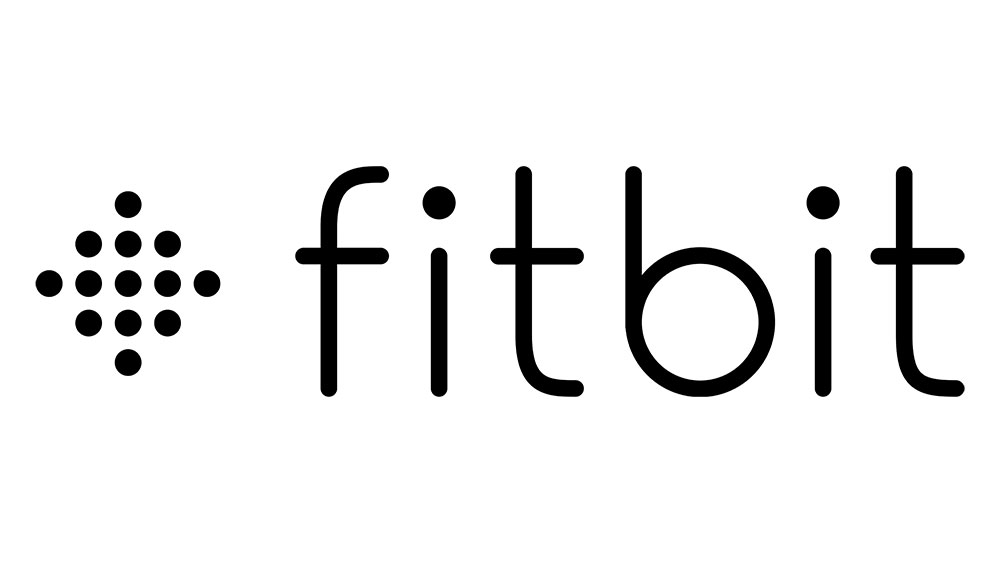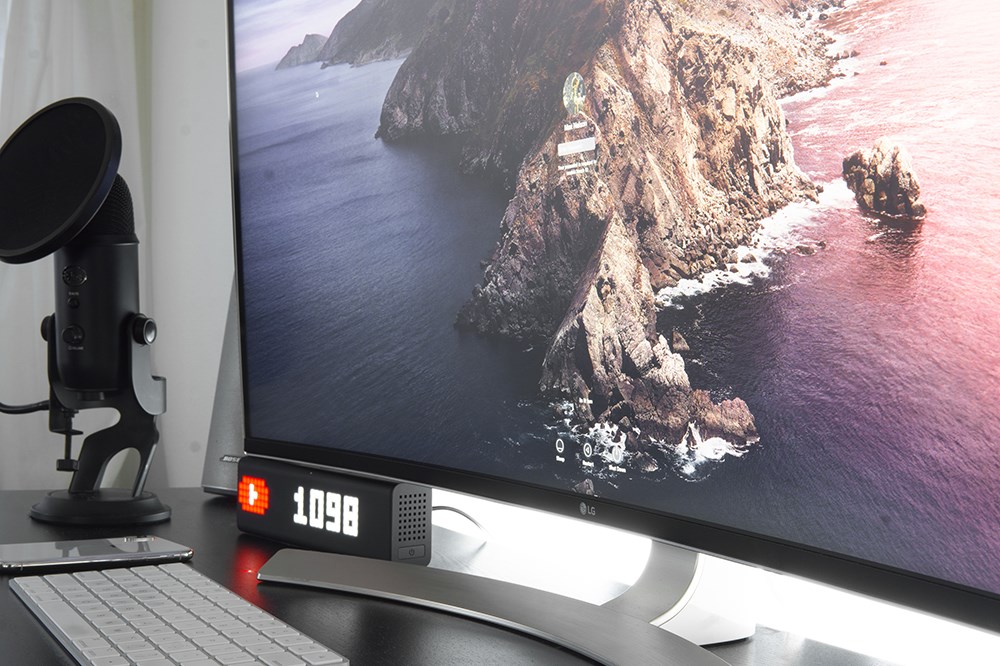10 Raspberry Pi Alternatives
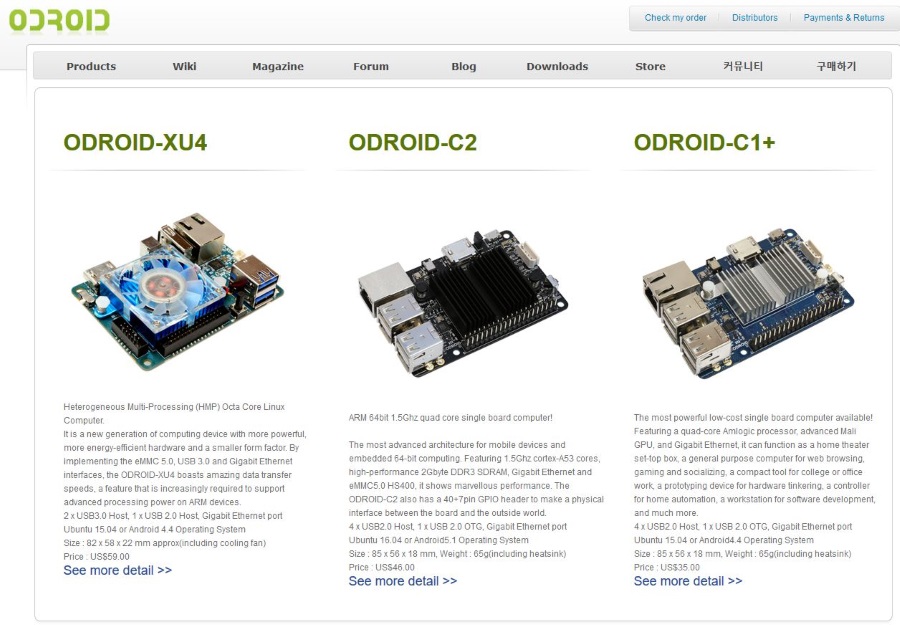
It isn’t an understatement to say that the Raspberry Pi has changed computing forever. It has brought computing to the masses, awoken curiosity and interest in single board computing and has influenced hundreds of projects of all shapes and sizes. But what if you don’t want a Raspberry Pi? Here are ten Raspberry Pi alternatives that you can try.
What is Raspberry Pi?
Just what is Raspberry Pi and what can it do for you? The Raspberry Pi is a single computer circuit board about the size of a credit card. Inspired by the BBC Micro computer from the 1980s, it was designed to be cheap, easy to use and offer a lot of scope for education and exploration.
There are several models of Raspberry Pi with varying levels of hardware. Full details on all the models is available on PiMyLifeUp which is a very helpful site for everything Raspberry Pi.
All versions of Raspberry Pi use a Broadcom System on Chip (SoC) which is an ARM compatible processor and video processor in one. There is also RAM, between 256MB and 1GB, audio jack, USB, Ethernet port, Wi-Fi and Bluetooth ports. Exact specifications differ between models.
The Raspberry Pi runs Linux as its operating system. As it is ARM compatible, it can be used with almost any distro. It even spawned its own distro, Raspbian which is a Debian fork that has been compiled to work with Raspberry Pi.
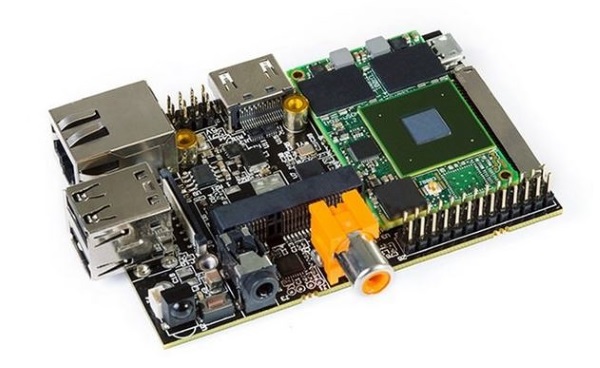
Raspberry Pi alternatives
As with all great things, copies, clones and alternatives soon hit the market. If you don’t want to use a Raspberry Pi, you do have lots of options. Here are just ten of them.
ODroid-C1
ODroid-C1, as its name suggests, is compatible with the Android operating system as well as Ubuntu Linux. It is a neat board with a 1.5Ghz quad core ARM CPU, Mali-450 MP2 GPU and 1GB DDR3 RAM. It also has Ethernet, 4x USB and an IR receiver. At only $35 it is comparable in price to Raspberry Pi.
Banana Pi
Banana Pi is an evolution of Raspberry Pi rather than a copy of it. It works with multiple Linux distros as well as Android 4.4. It uses a Cortex A7 dual-core ARM processor, Mali-400 MP2 dual core GPU and 1GB DDR3 RAM. It also has micro USB, 2x USB, USB OTG, SD card slot, Ethernet, HDMI, camera and audio connectors. It is larger and has more options but is around the same price at $35.
Beaglebone Black
Beaglebone Black steps up the hardware with a Cortex A8 CPU, 512MB DDR3 RAM and 4GB of eMMC flash storage. It also has 3D GPU, NEON floating point acceleration, 2x PRU 32-bit microcontrollers. OSB OTG, USB host, Ethernet and HDMI and 1x USB. It is slightly more expensive at $45-55 but you get more hardware in return.
C.H.I.P.
C.H.I.P. is a tiny alternative to Raspberry Pi but manages to squeeze in an ARM cortex R8 single core processor that clocks up to 1GHz and 512GB of RAM. It also has Wi-Fi, 1x USB, Bluetooth and 4GB of flash memory. As an added bonus, Debian is also pre-installed. At a mere $9 it takes affordable computing to a whole new level.
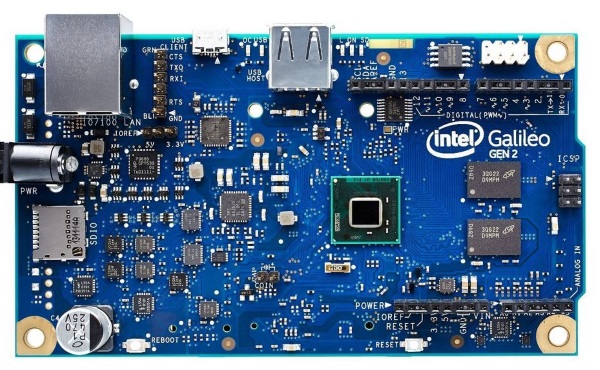
Intel Galileo Gen 2
Intel Galileo Gen 2 is the CPU giant’s attempt to get in on the Raspberry Pi action. It utilizes a 32-bit Quark SoC X1000 processor with a clock speed up to 400 MHz. It also features 256MB of RAM, Ethernet and USB ports. The big plus with this board is Arduino compatibility. If you want to take single board projects one step further, this is the architecture to use. At $45, it isn’t that expensive either.
Cubieboard5
Cubieboard5 is more for power users. Featuring an Allwinner H8 processor with eight Cortex A7 cores that clocks up to 2GHz, a PowerVR SGX544 GPU core and 2GB of RAM, this is quite a powerful little board. It comes complete with microSD, Wi-Fi, Bluetooth, Ethernet, SATA-II, HDMI, audio jack and multiple assignable port options. Pricing varies hugely, but expect to pay around $100.
NanoPi M3
NanoPi M3 is a lower cost but lower capability board. It uses a Samsung S5P 6418 processor with eight Cortex A9 cores running up to 1.4GHz. It also has 1GB of RAM, microSD, 4x USB, microUSB, HDMI, audio port and a spare 40 pins. It can run both Debian and Android operating systems. At around $45, it is competitively priced too.
HummingBoard
HummingBoard uses a 1GHz i.MX6 dual-core Cortex-A9 CPU a GC2000 GPU and 1GB RAM. It features Ethernet, HDMI, 2x USB, GPIO header, microSD slot, digital and analog audio and an IR receiver, camera and Android 4.4 pre-installed. There is a premium to pay here though as this board costs $70.
MinnowBoard Max
MinnowBoard Max is another viable Raspberry Pi alternative that does things a little differently. This board runs a single-core Atom E38xx processor with a clock speed of 1.46GHz and 1GB DDR2 RAM. It also features 2x USB, SATA-II, Intel graphics with HDMI, microSD and Gigabit Ethernet. At $100-145, it isn’t a cheap option but it does have a lot of power and flexibility.
UDOO Dual
The UDOO Dual is our final Raspberry Pi alternative. It utilizes a 1GHz ARM Cortex-A9 processor with Vivante GC 880 + Vivante GC 320 GPU and 1GB of RAM. It also features HDMI, 2x microUSB, 2x USB, audio and microphone, camera connector, MicroSD, Ethernet and Wi-Fi. At $115, it isn’t cheap but it does pack quite a punch!
If you are all Raspberry Pi’d out or just want to work with something different, there are ten viable alternatives. Each of these boards offers a variation on a theme and each has strengths and weaknesses. The inclusion of Arduino compatible boards, boards that run Android and those with Linux built in all offer a range of options for users.
Raspberry Pi may have been the first but it won’t be the last and new products keep coming thick and fast. If you have ever wanted to get into computer or electronics, there has never been a better time to do it!




